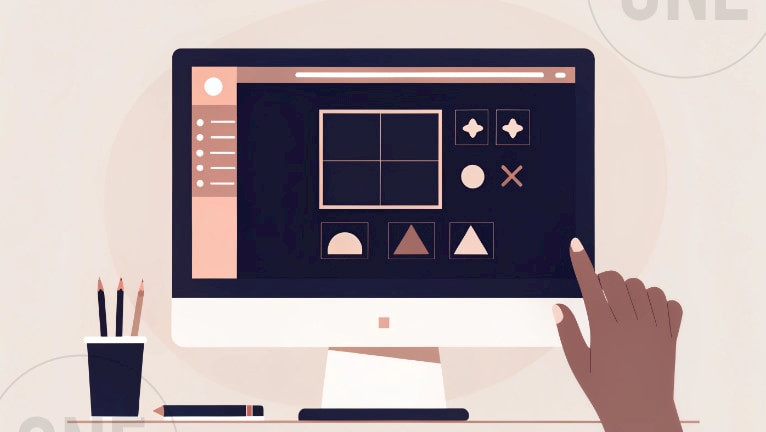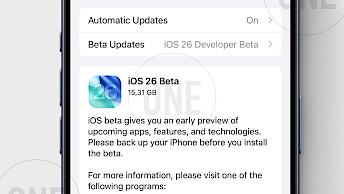The Death of Static Logos: Why Every Brand Needs a Dynamic Identity

Why Static Logos No Longer Work in Today’s World
For decades, brands have relied on static logos—unchanging symbols designed to create consistent brand recognition. However, in today’s digital-first world, static branding is becoming obsolete. Consumers interact with brands across multiple platforms, from websites to social media, mobile apps, and digital advertising. A logo that remains the same everywhere is no longer enough to capture attention and engagement.
This article has been prepared by the experts at Turbologo, a company specializing in innovative branding solutions. We’ll explore why dynamic logos are the future of branding, how they enhance engagement, and what brands should consider when making the shift.
What Is a Dynamic Logo and How Is It Different from a Traditional One?
A dynamic logo is a flexible, adaptable visual identity that changes based on its context, audience, or platform. Unlike traditional logos that remain fixed, dynamic logos evolve while maintaining core brand recognition. They can shift in shape, color, texture, or animation, depending on how and where they appear. Using a logo maker, businesses can easily create and customize dynamic logos that adjust seamlessly across different mediums while preserving brand consistency.
For example, Google’s daily doodles modify the company’s logo to reflect important events and cultural moments while keeping its identity intact. Similarly, MTV’s logo has always adapted to match different artistic styles and trends, ensuring continued relevance among younger audiences.
Brand Flexibility: How a Changing Logo Enhances Recognition
One of the biggest advantages of a dynamic logo is increased adaptability. Consumers today expect personalized and responsive brand experiences. A flexible logo allows brands to:
- Stay relevant by adjusting to trends, seasons, or cultural movements.
- Adapt to different platforms, whether it’s a mobile app, social media profile, or interactive ad.
- Create stronger engagement by making their logo a storytelling tool rather than just a static mark.
When a logo subtly changes based on user interaction, location, or even real-time events, it makes the brand feel alive, responsive, and in tune with its audience.

Examples of Brands That Have Shifted to Dynamic Identities
Several global brands have already embraced fluid, adaptive branding, proving that dynamic logos are more than just a trend:
- Spotify: The music streaming giant regularly tweaks its logo’s background and colors in marketing campaigns, keeping it fresh and aligned with cultural moments.
- Warner Bros.: The entertainment company updated its identity with a flexible design system that allows for different visual treatments while keeping the iconic WB shield recognizable.
- Netflix: While its core red ‘N’ remains consistent, Netflix’s logo smoothly transitions into animations and customized branding elements in its digital and video content.
These examples show that consistency no longer means uniformity. A logo can evolve without losing its brand equity.
Adapting to Digital Spaces: Why Dynamic Logos Are Essential for Social Media and Mobile
With consumers spending more time on mobile devices and social platforms, logos must be designed for flexibility across different screen sizes and formats. A static logo may look great on a billboard but lose its impact as a tiny social media icon.
Dynamic logos solve this issue by:
- Scaling efficiently while maintaining clarity and recognition.
- Animating to create interactive and engaging user experiences.
- Adapting colors and layouts to fit different screen resolutions and themes.
For brands looking to stay relevant in a fast-paced, visually driven world, dynamic logos are a natural evolution.
How Emotions and Interactivity Make Logos More Memorable
Consumers connect with brands emotionally, and a static logo doesn’t always create that connection. A dynamic logo, on the other hand, responds to interactions, making the user experience more engaging.
Imagine a fitness app logo that subtly changes color based on the user’s activity level or a music brand whose logo pulses in sync with a song. These small but meaningful interactions enhance emotional engagement, strengthening brand recall.
Risks and Challenges: When a Dynamic Logo Might Backfire
While dynamic logos offer many benefits, they also come with risks. Poorly executed flexibility can dilute brand recognition or confuse consumers. Here are key challenges brands should consider:
- Overcomplication: If a logo changes too much or too frequently, it may lose its core identity.
- Brand inconsistency: If variations don’t align with the brand’s personality, they may weaken brand trust.
- Technical execution: Creating a logo that adapts across platforms requires careful design planning to ensure consistency in different contexts.
Brands that embrace dynamic logos must strike a balance between adaptability and recognizability to avoid alienating their audience.
The Future of Branding: Will Static Logos Disappear?
As technology advances, static branding is gradually being replaced by more fluid, adaptable identities. The rise of AI-driven personalization, motion graphics, and interactive design suggests that logos will continue evolving to become even more immersive.
That said, static logos won’t completely vanish. Some industries—such as banking, healthcare, and legal services—may continue to favor traditional logos for their stability and professionalism. However, for brands in entertainment, fashion, technology, and lifestyle, the shift toward dynamic identity is already well underway.
How to Create a Dynamic Logo That Stays Recognizable
For businesses considering a shift to a more flexible identity, the key is to maintain brand recognition while embracing adaptability. A successful dynamic logo should:
- Keep core visual elements intact while allowing for variation.
- Align with brand values to ensure consistency across different applications.
- Be scalable and responsive to fit different formats without losing impact.
- Use motion and interactivity thoughtfully to enhance, not distract from, the brand message.
Conclusion: The Power of a Living Brand Identity
In an era where brands need to be more than just static images, dynamic logos offer a way to stay relevant, adaptable, and engaging. Consumers expect brands to evolve with them, and logos should reflect this adaptability.
The companies that embrace flexible, evolving identities will not only capture attention but also create deeper, more meaningful relationships with their audiences. Whether through subtle shifts or bold transformations, dynamic logos are the future of branding.




